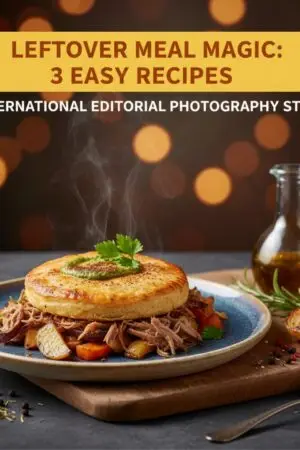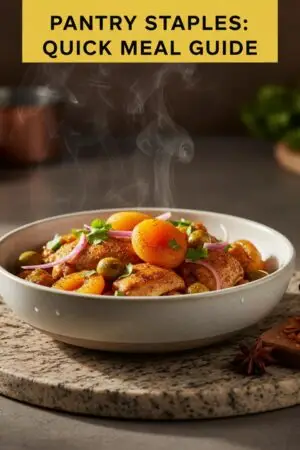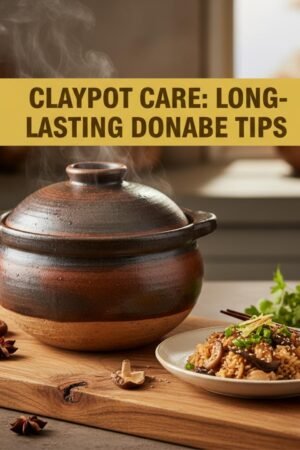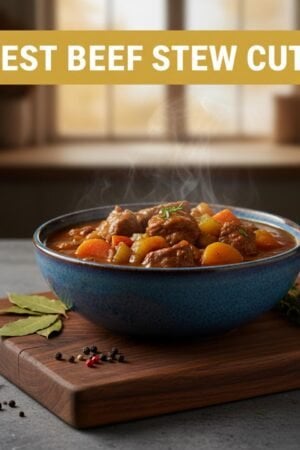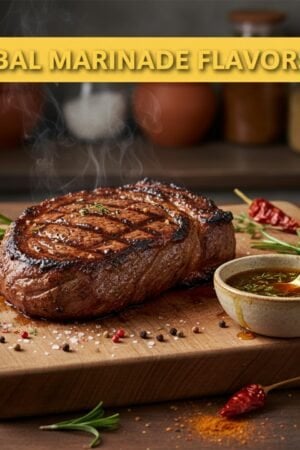You may be thinking about consuming soft Indian food after tooth extraction.
While sipping some hearty broth may sound good, you may be more in the mood for the finest Indian food. But at the same time, we are all well-aware that Indian food can be quite spicy.
And after tooth extraction, the last thing you want to be munching is anything that is hot and spicy. This may sound appetizing on an average day but not when you have an open wound in your mouth!
With this in mind, you may want to opt for soft foods with a milder flavor – something that will not cause more harm than good to your condition.
So what exactly are these foods, you may ask. Well, that’s what this post is all about – to give you more information on the best soft Indian food to eat after a tooth extraction and why exactly these are good for you. Let’s jump right into it.
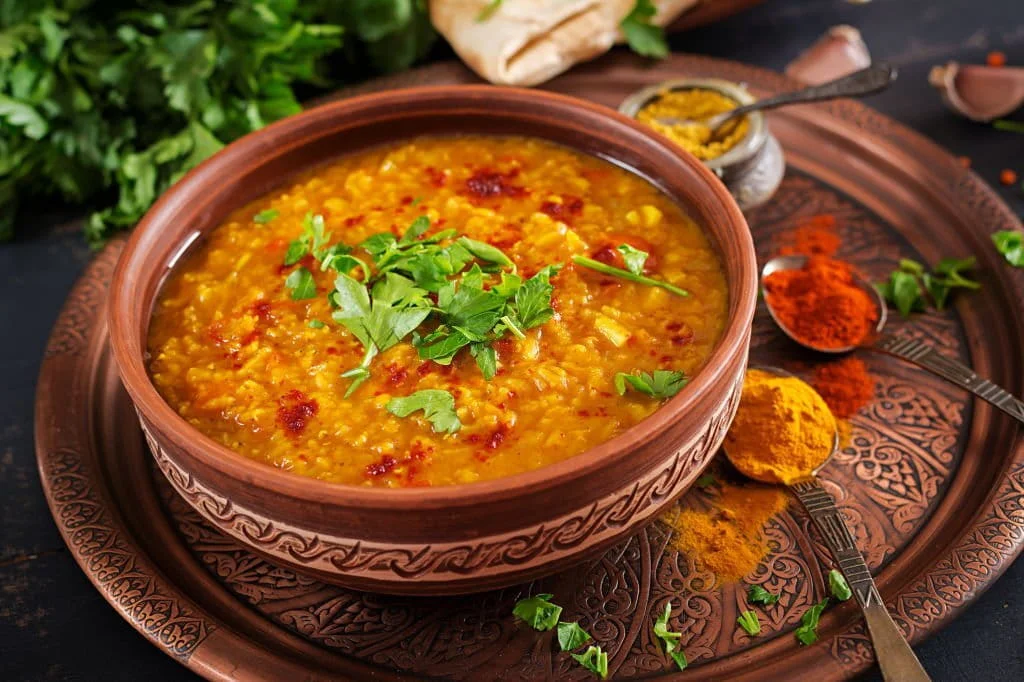
Best Soft Indian Food After Tooth Extraction
If you have recently gone through tooth extraction, it can be quite painful and uncomfortable. There are many reasons why this procedure had to be done, but for the most part, it could be due to tooth damage, or if you are getting braces, then it may be that you have overcrowded teeth.
No matter what the reason is for a tooth extraction, one thing is for certain – you need to be more careful about what you eat. This way, you can ensure a quicker recovery period and prevent any complications. The last thing you want is to have to go back to your dentist to get an infection treated after your tooth extraction.
When it comes to the best soft Indian food after tooth extraction, spicy butter chicken or cheesy pizza would be the last thing on the list. But what is for certain is that khichdi is never a bad idea. In fact, it is quite gentle to your teeth, and you should be able to enjoy your meal well without experiencing pain in your mouth.
However, if you are craving something crunchy, crispy, and oh-so-spicy, forget it… Or at least, for now. You would not want to wreak havoc to your teeth by consuming these foods. A softer diet is more appropriate and beneficial for you.
Soft Indian Foods To Eat
First of all, you are probably wondering how soon you can start eating after getting your tooth pulled out. It depends on what your dentist has told you. Moreover, this depends on the location of your tooth and how intensive the procedure was.
During the first three days, you need to allow the formation of blood clots in the area of the extraction. But overall, the first 24 hours should experience minimal to even zero bleeding. Yet again, this depends on what procedure you have gone through and how in-depth it was.
For the most part, the best soft Indian foods to eat during this time include liquid foods such as yogurt, cooked cereal, pudding, and ice cream. You can also go for warm soups, as long as these are not piping hot and spicy.
However, you should avoid using a straw whether drinking or sipping soup. Otherwise, this can prevent a clot from forming. You may also increase the chances of the clot getting dislodged on your wound, which can lead to pain. As much as possible, avoid gargling, swishing, spitting, and rinsing. These actions contribute to more pain to the affected area.
Hot foods are not the best to consume since these only cause the bleeding to begin once more. The same holds true with spicy foods, which are not the best after a tooth extraction.
By the third to the tenth day, you should start seeing a clot forming on the area of the extracted tooth. At this time, you should try to keep this clot where it is and avoid having it dislodged. You can also do some saline rinses that will help with pain and irritation. Brushing and flossing are fine to do, as well, but just avoid the extraction site as much as you can.
As for the best foods to eat, you are better off with soft foods. We recommend hummus, khichdi, scrambled eggs, and bananas. Avoid sticky foods that can put stress on the affected area. The same with crumbly and crunchy foods, as small particles can get stuck in the extraction site and worsen the situation. Stick to soft and non-sticky foods and stay away from nuts, dried fruits, and grains.
Now, you may be thinking when you can possibly go back to eating your usual meals after a tooth extraction. This depends on what your condition is. There are people who should be able to eat regular food a couple of weeks after the extraction. But this should only be done when there are no complications or infections.
Aside from eating, you can also do your usual activities such as sports and exercises. But it is always best to check with your dentist to make sure you are good to go with your regular activities and meals.
If you are in doubt of what the best soft Indian foods, you can always go for the usual ones such as rose and fig shake, muskmelon milkshake, and curried carrot or Lauki shorba. Blended beetroot combined with carrot soup is also good, as well as watermelon gazpacho but without the nagabon relish.
Mango basil sorbet is also good, in addition to lemongrass jelly, which is actually tasty and cooling for your body. Yogurt lassi and raitha are also excellent options, and the probiotic bacteria found in the yogurt promotes quicker healing. Other types of lassis include strawberry lassi and avocado lassi, which are both nourishing and satisfying.
Idly, pongal, milk rice upma, and curd, as well as poha, are always good choices during this time.
Wrap Up
Overall, there are many types of soft Indian food that you can eat after tooth extraction. Just be sure to avoid hard, crunchy, and spicy ones and you should be perfectly okay.

